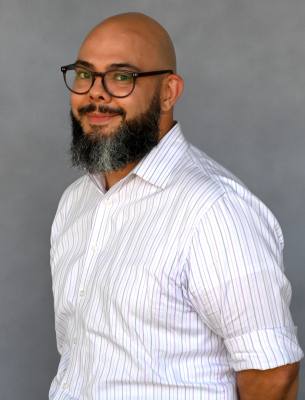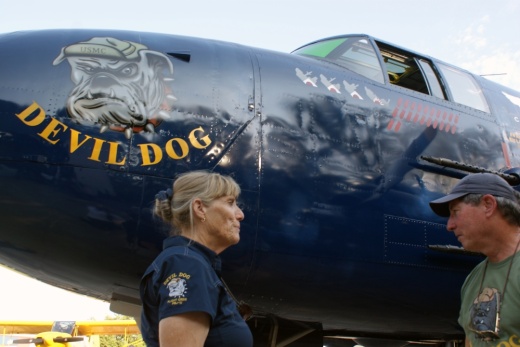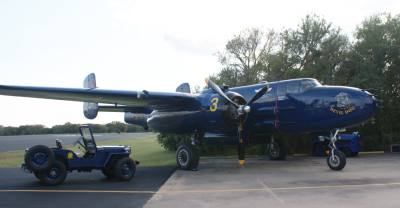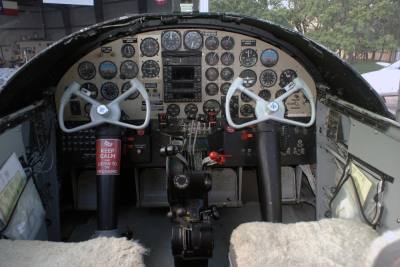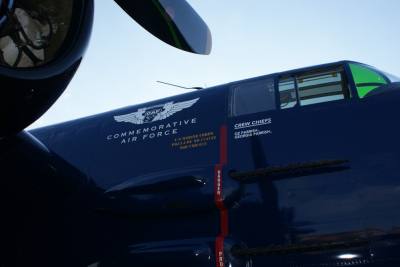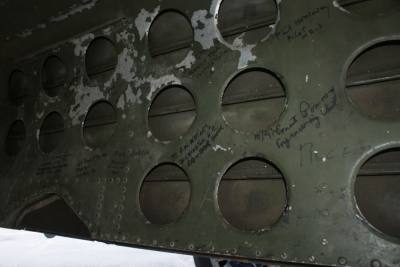Jenkins, who has owned and operated Pilot’s Choice at the Georgetown Airport for over 35 years, has worked with the Commemorative Air Force out of Dallas for most of that time, under which the Devil Dog Squadron stays airborne.
“It’s basically a flying museum,” Jenkins said of the nonprofit CAF, which operates nearly 250 planes in single-plane squadrons and multiplane wings.
Jenkins’ first foray in flying a historic vehicle came with the Yellow Rose, another Texas-based B-25, as part of the CAF’s Central Texas Wing based out of San Marcos.
But when the opportunity to take the reins of the Devil Dog opened up, she took it.
“I moved over to the Devil Dog in 1996, and since 2000 the airplane has been in my hangar most of the time, so it makes it convenient for me as I run my business six, seven days a week.”According to Jenkins, the plane was found in Rockdale, Texas and was one of five B-25s being used to transport nitroglycerine for use in South American mines.
From there, the CAF acquired it, and it became the passion project of Ozzie Parrish to restore it to its former Marine glory, replete with the mascot of the Corps, the Devil Dog, painted on its nose, an impracticality in wartime where light paint could reflect and give away a position.
During World War II, Parrish served with VMB 612, a Marine squadron, and had the number 3 painted on the Devil Dog to honor the No. 3-designated plane from his group that, after 22 successful missions that included the sinking of an Imperial Japanese ship and three supply ships, did not return from mission No. 23.
Now, the “Devil Dog” spends its time at air shows and other special appearances in an effort to educate and honor the legacy and place of the Marines in the history of flight.
According to “Devil Dog” crew chief Ernie Henderson, the plane flies about 100 hours a year, and flyers hope to get 1,000-1,500 hours of flight time out of each engine. For now, “Devil Dog” is winding down its year in preparation for its annual maintenance check with the Field of Honor flyover scheduled for Nov. 7, one of its last for the year. Henderson has his own connection to the plane as his father, Roy, flew one of the other 9,000 B-25s built for operation.
“My dad flew [a B-25] in World War II, so it means something to me to keep it flying,” Henderson said.
Devil Dog Squadron
512-869-1759
[email protected]
www.devildogsquadron.com


